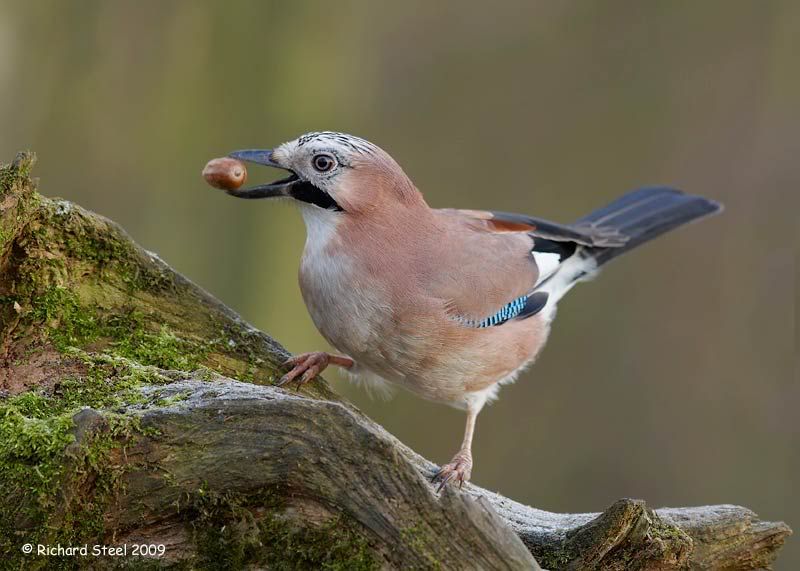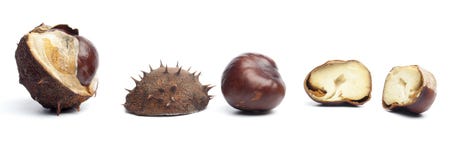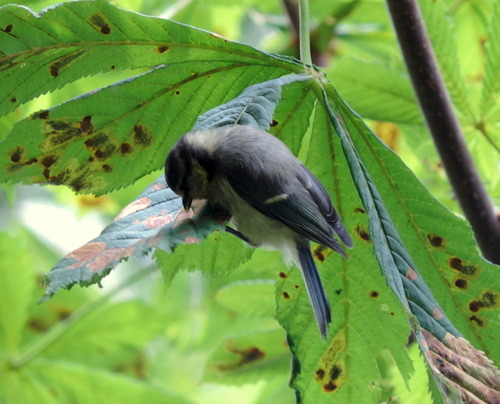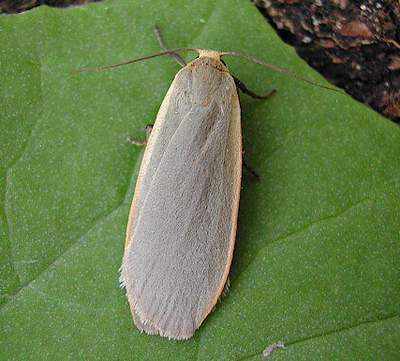St James' Park in London, at first glance, looks pretty standard; but once you get to the lake, there are some really interesting ornamental ducks. In the 1930's, oriental ducks were introduced to St James' Park; today there are over 250 waterfowl on the lake. The most exotic of these are certainly the famous great white pelicans that once ate a pigeon (not for the faint hearted). There are 4 pelicans in the park today; clipped on one wing to stop them from escaping into London and causing chaos- which they used to do quite regularly, flying over to London Zoo to steal fish from the birds there! We were lucky enough to come across all four pelicans on our London adventures.
It's not just the pelicans that are awesome about St James' Park though. There are loads of smaller ducks that aren't found very frequently, and are really very cool. On an island in the middle of the main lake there's a bird breeding sanctuary. Visitors can't go and see the birds breeding there, but on the water it's easy to spot red-crested pochard, wigeon, mandarins (ducks, not small oranges), egyptian geese and possibly my new favourite, the fulvous whistling duck. The park also has booming populations of canada goose, swan (black as well as white), shag, heron, coot, moorhen, mallard and heron. Despite being in the middle of London, there's a huge range of birdlife! There's about 114 species annually, with around 90 extra rarer birds on top of that that sometimes visit.
The squirrels are well known for being some of the boldest, tamest around in this park as well. Bring peanuts at your peril, because they're absolutely everywhere, and won't hesitate to come and mob you for free food. They don't care at all if you creep up to get some close photos, although they are very curious! Too close, and they'll swipe at your camera lens.
It then leapt on my arm before skittering away when it found it had made a mistake
The pigeons are very tame too, and always on the lookout for food. We didn't even have anything to feed them, and they were all over our feet!
The best time to see the waterfowl is between November and April, because the drakes (male ducks) are in their breeding plumage, so are really brightly coloured. There are a couple of small cafes in the park to go and warm up in afterwards if it's a chilly day, so it's definitely something awesome to go and check out if you're ever in London for the day!




















































